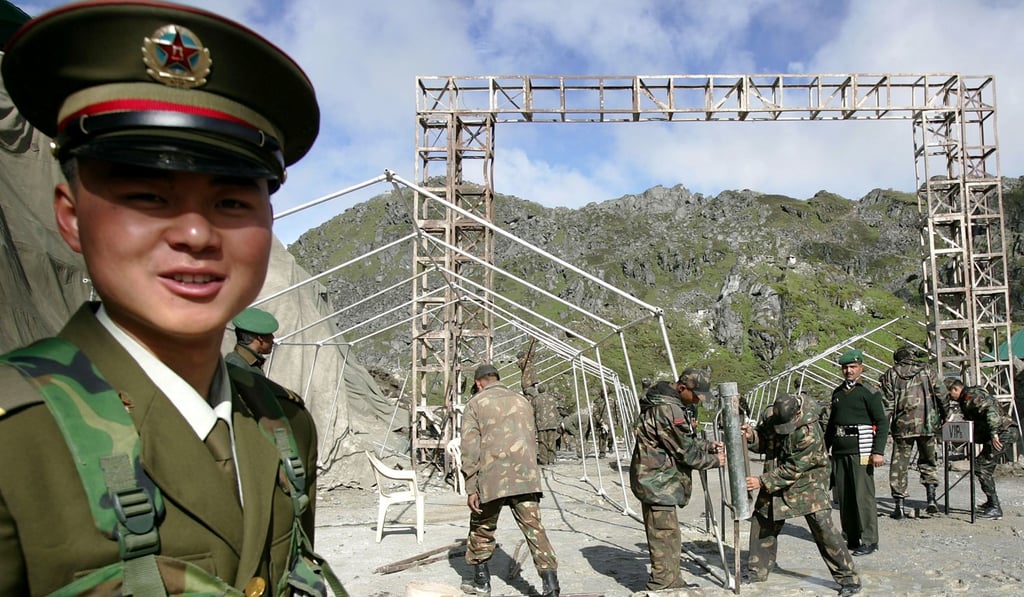Opinion | Doklam stand-off: We are human too, India and China have to start talking and stop using us soldiers as cannon fodder
The Line of Actual Control needs to be demilitarised. It makes no sense to throw troops into confrontation with their adversaries – and then expect their restraint to keep peace

In autumn 1986, as a young army captain deployed in India’s northeastern state of Arunachal Pradesh, which China claims as its own territory, I readied to go to war with China. The provocation: a People’s Liberation Army (PLA) company, about a hundred men, had entered territory that India claimed and established camp on a yak grazing ground called Wangdung, across a rivulet called the Sumdorong Chu, north of the hotly disputed Tawang township.
Road to Doklam: When will China and India start talking about the 1962 war honestly?
The local Indian corps commander, a gung ho paratrooper, Lt-Gen N.S. Narahari, took this as a personal insult. Pooh-poohing China’s rationale that Indian intelligence patrols too had occupied Wangdung the preceding summer, Narahari mobilised his corps to the border, determined to wipe away the shame of 1962 when China had humiliatingly defeated India in this very sector.

Relations are vitiated all across the 3,500km Line of Actual Control (LAC) between China and India as a result. Just how badly, was on display in a recently surfaced video of a violent patrol clash in Ladakh, 1,300km from Doklam. In the video, which Indian military sources confirm was filmed on August 15, some 30 Chinese border guards and an equal number of Indian soldiers can be seen hurling stones at each other, clearly causing injuries on both sides.
12 perspectives on the China-India border dispute in Doklam
This violated mutually agreed standard operating procedures, which require patrols encountering each other in disputed territory to maintain a physical distance and unfurl cloth banners (that every patrol carries) emblazoned with a dual-language message: “This is our territory; kindly return to your side”. After doing so, patrols are required to disengage and return to their camps.
